Raised on a horse farm with artists prevalent in my family, I was destined to paint horses.
Throughout my thirty years of painting, I have used many mediums to convey my feelings about the things around me, including the horse, but my specialty is watercolor.
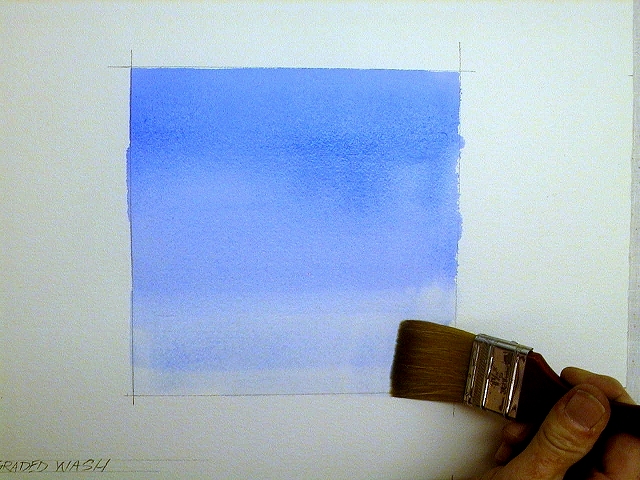
In the past I have worked in other mediums including oils on canvas, which I still use from time to time.
I have worked with pastels and I love them and their brilliant colors, they don’t love me and they make breathing difficult.
Colored pencils, crayons, inks, graphite, acrylics and clay. Then there is watercolor…ahhh….sweet watercolor! I always find myself coming back to watercolor.
It is often said that watercolors are not as “rich” as oils. Many say an artist can not garner as high a price for watercolors as oils. They believe watercolors to be not as *rich* in color and lacking yummy brushstrokes of oils.
But, I beg to differ. I truly believe that it is the materials that have to be explored to get that rich glow we all so desire!
Here’s what you need to get started…
Paper:
- Many beginners start out with Arches watercolor paper.
- Different weights are available to match the amount of water you use and how much scrubbing out of the paint you want to do. There is 90 lb, 140 lb and 300 lb. The higher the paper number, the heavier the paper.
- Then you have a choice of how the paper surface has been created.
- There is Hot press. Hot press is very slick! Think of finger paint paper, remember how slick that stuff was as a kid? That’s hot press. Hot press is great for lifting the color off. I’ve used this paper for creating really fun stainless steel bowls that are reflecting everything that is on the table around it! Now that was a fun project!
- Then there is the ever popular Cold press. This paper absorbs the paint and layer after layer needs to be applied. (I mostly work on cold press paper).
- Then there is the Rough paper. Just like it sounds, rough! You can scumble a dry brush over this paper and you’ll get lots of texture. It is great for rocks, dirt roads, barn boards and all those things that are full of texture.
There are a lot of papers out there, different brand names. I suggest going through some art supply catalogs and studying them. Also go to your art supply store and feel the papers for yourself. These papers come in sheets, blocks, rolls, and also on a board.
- I prefer a board so I don’t have to worry about stretching. I’m an impatient artist! I want to paint right away! Crescent makes wonderful watercolor boards. They are 100% acid free all the way through and are museum quality boards.
- All the other papers should be stretched. Dampened, and taped tight to a drawing board or something similar and left to dry.
Brushes:
What brushes to buy? Brushes tend to be a personal thing. I’m really hard on my brushes. I do a lot of lifting and scrubbing and the hairs get worn down pretty fast. So I go cheap! I use brushes from a department store! But, I do have some favorites that are pricier. I have some nice sables and so on, that I use for washes and painting sessions that are nicer on them.
Paints:
I’ve had people ask me about my paints. What brands? What colors? I use many brands. I try to purchase the more expensive brands. These pigments are the more professional brands that are guaranteed longevity and color intensity. Winsor & Newton, Grumbacher and Daler-Rowney are my favorite.
Palette:
- Acrylic palette boxes are great for watercolors. I actually use two different boxes for my two separate palettes. These boxes seal up tightly.
- The first palette has the earthy colors colors for my everyday stuff, such as animals, landscape and seascape colors.
- The second palette has portrait colors in it. I use this palette when I add humans in my paintings.
Learning how to organize your paints on your palette is very helpful. After that, it really does take a lot of practice and playing with the paints to find what works for you as an artist. I have bought and read some great books from Northlight book club. There are some wonderful publications about palette colors that different artists use. I pick and choose what colors I like best and what works best for the way I paint. We are all individuals and different and so is the art we create.
Guest artist/author: Debbie Flood is a fine artist working in watercolors. She also works in oil, graphite and photography. The subject she most works with is horses and children. http://debbieflood.blogspot.com/
_______________________________________________________________________________________
Although I do use watercolors from time to time, especially while journaling, I do not consider myself a watercolorist. I appreciate Debbie’s simple tips and hope you this little article helps you with your watercolor painting experience.
Please share your tips and knowledge in the comments!

You might like these posts:
Top Paint Brush Tips from the Art Pros on Facebook
Turn an Altoid Box into a Mini Watercolor Travel Set
How to Pack For Painting – Tips for the Painter Traveling by Airplane or Car


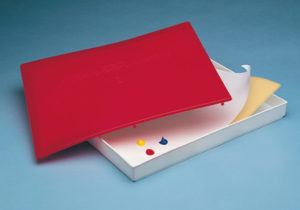

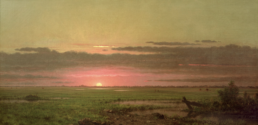
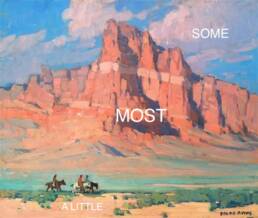
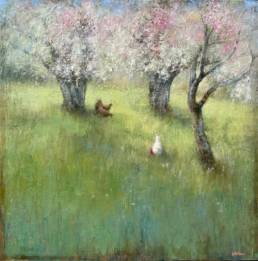
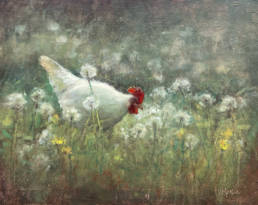
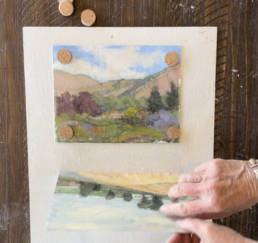
Lots of great tips! I don’t watercolour myself, but I respect those who can do it well! The info on paper was particluarly good, thanks!
Thanks again Miranda for the comment. I agree about the helpful paper tips. 🙂